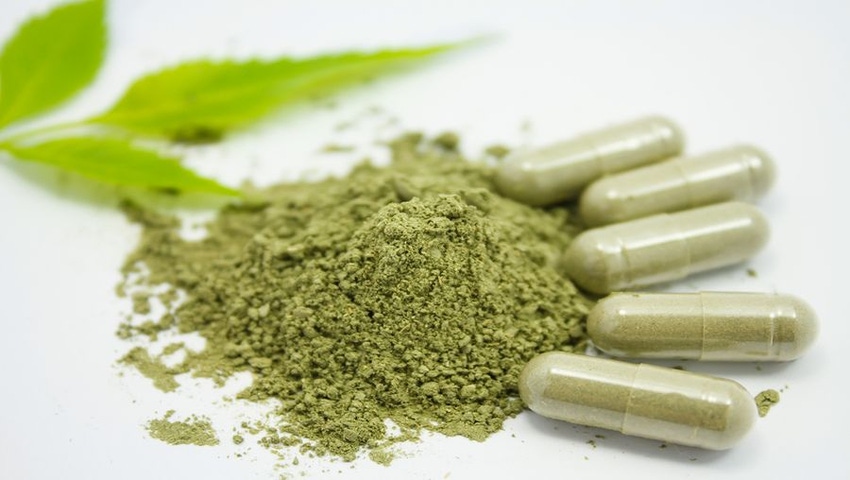Determining whether encapsulation is the most appropriate method for delivery—along with the preferred form of encapsulation—requires careful consideration of factors, such as compatibility of the ingredient with the capsule, cost and consumer preference.
November 14, 2016

Ingredients can be encapsulated in multiple ways; traditionally, a capsule is a two-piece component derived from gelatin- or plant-based materials, and is best-suited for powdered ingredients. When standard encapsulation isn’t suitable, such as when liquid lipids are among the active ingredients in a formulation, a softgel capsule may be a viable option.
Microencapsulation is another encapsulation technology, which protects small particles by enveloping them in a protective barrier. Microencapsulation can provide benefits to products by masking undesired tastes and odors, improving bioavailability and offering controlled release of bioactives. Often, microencapsulated ingredients are used within two-piece capsules to improve stability and address issues related to production, among other benefits.
Determining whether encapsulation is the most appropriate method for delivery—along with the preferred form of encapsulation—requires careful consideration of factors, such as compatibility of the ingredient with the capsule, cost and consumer preference.
Perhaps most important to consider when deciding whether a capsule is the appropriate delivery format for a product, Blayney Mceneaney, vice president of sales at NutraScience Labs Mceneaney said, is dosage. “Even though some ingredients may be easier to work with than others, when evaluating capsules as a delivery method, your focus should be on whether or not the size for that specific formulation makes sense as a capsule dosage," he said. “Dosage is absolutely key."
Offering an example, Mceneaney explained, “If you tried encapsulating whey protein, your dosage would need to be over 20 capsules at a time to compete with the recommended dosage of that of a powdered formula in one scoop."
For developers seeking clean-label options, Emilio Gutierrez, R.Ph., vice president of technical services, BI Nutraceuticals, pointed to vegetarian capsules as a viable option for clean-label supplements. “The emergence and continuous improvement of vegetarian capsule shells in the last 25 years make them excellent candidates for the clean-label movement since capsule formulations are much simpler and free of unwanted excipients and fillers that contain names that sound like chemicals," he said.
Vegetarian capsules—commonly made from cellulose, a naturally occurring plant fiber—have come a long way since their introduction to the marketplace. Though vegetarian capsules may come with a higher price point, advancements have resolved many issues once related to vegetarian capsules.
To read more about encapsulation, including formulation tips and advice on selecting a contract manufacturing partner, download INSIDER’s Encapsulation Digital Magazine.
About the Author(s)
You May Also Like






.png?width=800&auto=webp&quality=80&disable=upscale)